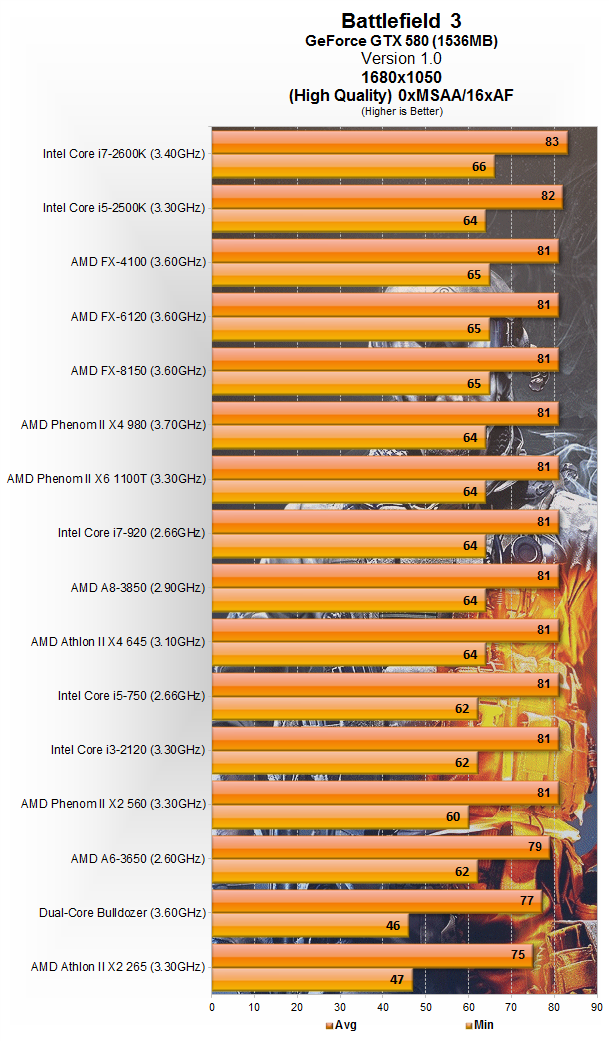You still have yet to define "high volume production".
I'm not arguing that individual companies don't have their own definitions for these phrases, because of course they do and the milestones are all laid out in girded fashion...but the specific phrases we like to think about are not defined in the same ways we want to think about them.
If Company A has a production capacity of 100 units per month and they decide to put widget X into "mass production", is widget X going to command 10% (10 units per month) of Company A's production capacity? 20%? 5%?
And if Company B has a production capacity of 5000 units per month and they decide to put essentially the same widget X into "mass production", is widget X going to be considered to be in "mass production" when it reaches a comparatively paltry 0.2% (10 units per month) capacity loading?
These aren't facetious questions, but they are rhetorical questions because you really need to think about what it is that you think these companies mean when they reference "production" before you can hope to start evaluating and judging their abilities to meet and deliver on those "in production" timelines.
There is a big difference between knowing that a logical procession of events must be occurring, versus knowing exactly how those milestones are internally defined at any given manufacturing company (made all the more complicated when you have a fabless company like AMD in the comparison

).




